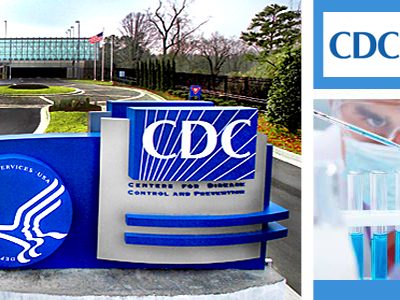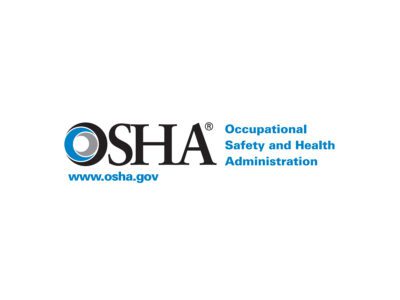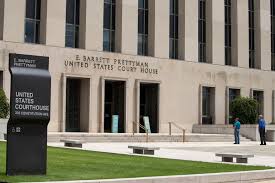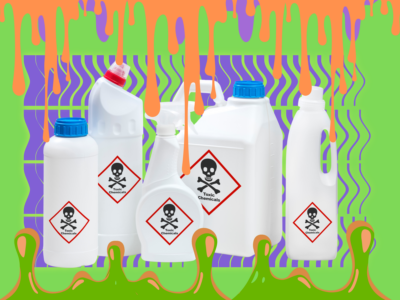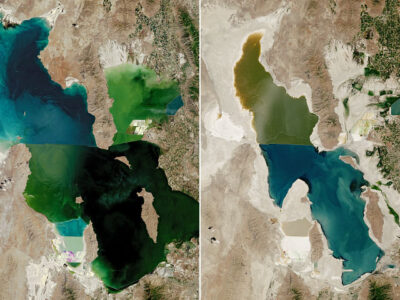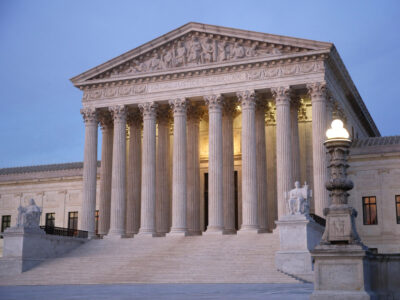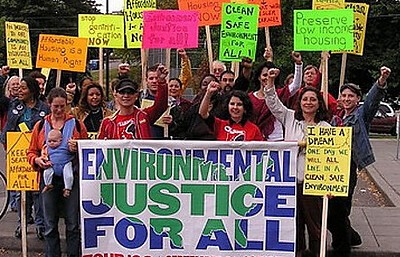Health
The War on Public Health Continues
Friday’s layoffs announcements at CDC targeted infectious disease control
During the COVID outbreak, President Trump said, “If we stopped testing right now, we’d have very few cases, if any.” That philosophy seems to have taken hold during his second term in office. On Friday, the Administration fired more than a thousand CDC workers, incljding the scientists and doctors who provide key information and expertise about infectious disease outbreaks. The effect is to kneecap the government’s capacity to detect and track outbreaks.
CONTINUE READINGThe Failed Effort to Protect Workers from Toxics: A Labor Day Reflection
The OSHA law called for rigorous regulation. It never happened.
To put it in a nutshell, the political base for workplace toxic regulation eroded along with America’s industrial unions. That deprived OSHA of the congressional support it needed to thrive. In the absence of a union revival, the right of workers to be free from toxic hazards is likely to remain an unfulfilled dream.
CONTINUE READINGLitigating Against Trump
Trump’s agencies had a terrible litigation record the first time. It will probably get better – but not that much better.
In his first term, Trump’s litigation record was awful – winning only one case in four by some estimates.The Trump folks should do a better this time. But they may not improve that much, and could still lose more often than they win. Money invested in litigating against the Administration will be well spent. Meticulous attention to evidence and legal requirements is likely to remain a weak point.
CONTINUE READINGWhat policies lead to greenhouse gas emissions declines?
A recent study emphasizes the role of policy mixes in driving short-term emissions reductions
In a series of posts (beginning here, and ending here) last month, I outlined an approach to climate policy that emphasizes the role of subsidies in building political support and technological progress for climate policy. In doing so, I drew heavily on existing political science research and case studies from North America and Europe. But …
Continue reading “What policies lead to greenhouse gas emissions declines?”
CONTINUE READINGNo More ‘House of Horrors’ Thanks to These New Laws
Several California laws prohibiting dangerous chemicals from household products go into effect on or after January 1, 2025.
Halloween is the one time when we welcome ghouls, ghosts, and goblins coming to our homes (and, if your neighborhood is anything like mine, a variety of tiny superheroes). This season, however, the Legislature is dealing with a different kind of house of horrors: dangerous chemicals in everyday products that affect millions of Californians’ health. …
Continue reading “No More ‘House of Horrors’ Thanks to These New Laws”
CONTINUE READING“Salt Lakes in Crisis: Legal Responses to Ecological Catastrophes”
Upcoming U.C. Davis Law Review Symposium To Provide Interdisciplinary Focus On Threatened Western U.S. Lakes
On Friday, September 20th, the student-run U.C. Davis Law Review will host a most timely conference examining an environmental crisis facing many of the American West’s iconic “terminal lakes.” That term refers to lakes that have no natural outlet. For many years, protracted droughts and human diversions from freshwater rivers and streams feeding those lakes …
Continue reading ““Salt Lakes in Crisis: Legal Responses to Ecological Catastrophes””
CONTINUE READINGEverywhere and Forever All at Once: PFAS and the Failures of Chemicals Regulation
Environmental law helped create a world awash in toxic chemicals. It’s time to think about how regulation can operate as a form of green industrial policy for chemicals.
This post was originally published on the Law & Political Economy Blog as “How Environmental Law Created a World Awash in Toxic Chemicals.” Earlier this spring, the Biden administration finalized two important rules targeting a small subset of so-called forever chemicals: one establishing drinking water standards for six such chemicals and the other designating two …
Continue reading “Everywhere and Forever All at Once: PFAS and the Failures of Chemicals Regulation”
CONTINUE READINGChevron Gets the Headlines, But State Farm May Be More Important
The abortion pill case could undermine the authority of agency’s expert judgments.
The Chevron doctrine requires judges to defer to an agency’s interpretation of a statute if that interpretation is reasonable. The State Farm case, which is much less widely known, requires courts to defer to an agency’s expert judgment unless its reasoning has ignored contrary evidence or has a logical hole. As you probably already know, …
Continue reading “Chevron Gets the Headlines, But State Farm May Be More Important”
CONTINUE READINGThe New Particulate Standard and the Courts
The tough new air quality standard is sure to be challenged in court. Winning the challenges will be tougher.
EPA has just issued a rule tightening the air quality standard for PM2.5 — the tiny particles most dangerous to health — from an annual average of 12 μg/m³ (micrograms per cubic meter) down to 9 μg/m³. EPA estimates that, by the time the rule goes into effect in 2032, it will avoid 4500 premature …
Continue reading “The New Particulate Standard and the Courts”
CONTINUE READINGInequality Today: Unfinished Work
The first step in addressing the problem is to be clear about the facts.
More than a half century after Martin Luther King’s death, his work is still unfinished. Sadly, despite his efforts and those of many others, inequality remains a reality along multiple, interrelated dimensions: race, income, and geography. Inequality is not merely economic; it involves differences in health and life expectancy — and in exposure to pollution …
Continue reading “Inequality Today: Unfinished Work”
CONTINUE READING



